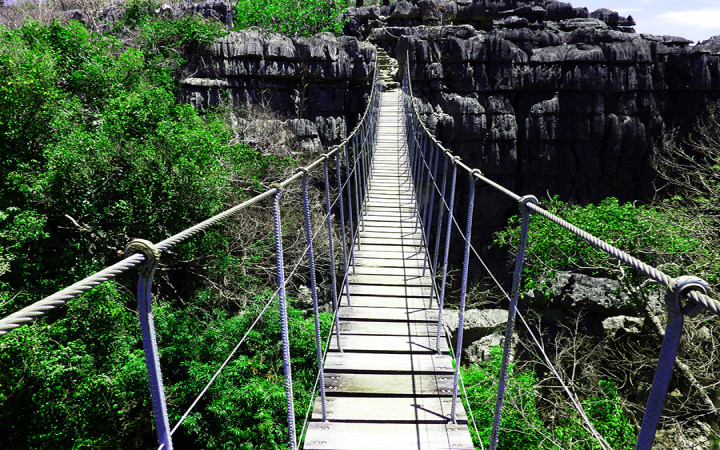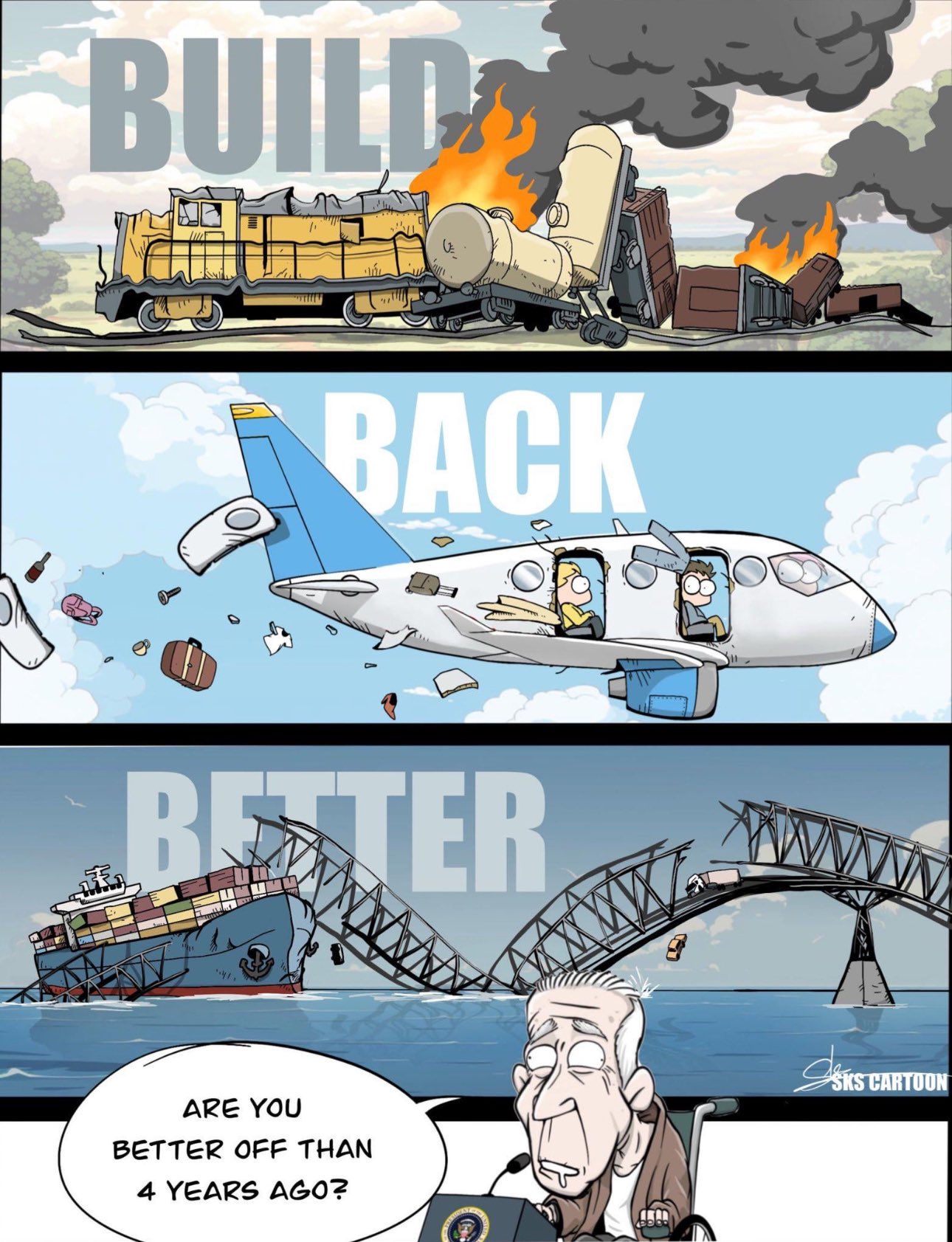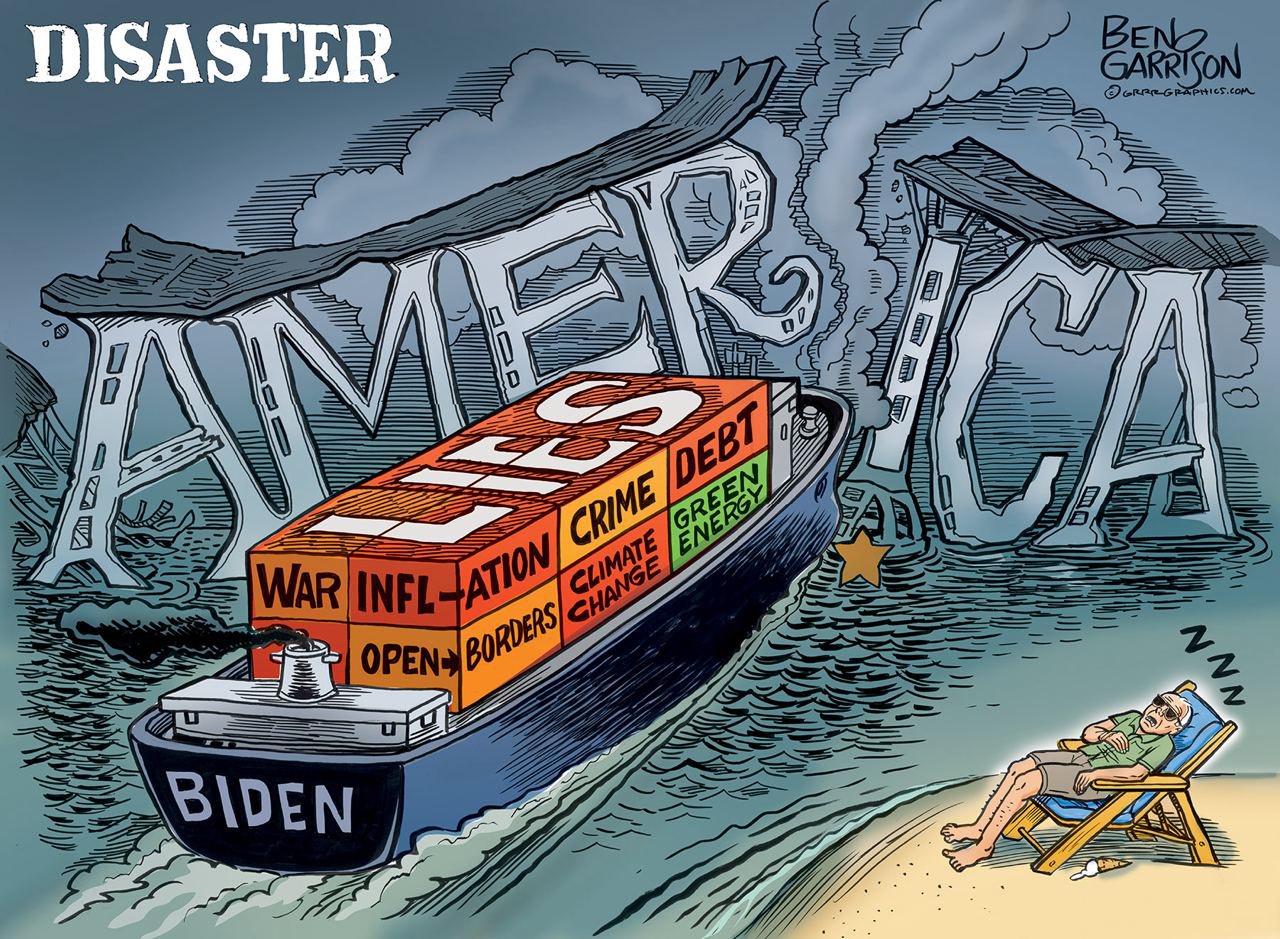From my email inbox Bloomberg Supply Lines March 26 2024
Baltimore Bridge Collapse
The US economy has withstood a series of supply chain shocks over the past five years, none more sudden and visibly dramatic than the container ship that slammed early Tuesday into Baltimore’s Francis Scott Key Bridge, sending large spans of the nearly 50-year-old steel structure tumbling into the river below.
First and foremost, the disaster might have
human consequences, with rescuers as of Tuesday afternoon still searching the water for anyone missing.
Next will come months of soul-searching for answers to the bigger questions for politicians, industry executives and engineers. How did the bridge give way so easily? Who’s going to
pay for the damage and how long will the fix take? Where was the backup steering system, the tugs to assist in exactly this kind of a late-night emergency, or the protective safety barriers around the support columns? Are the big ships of today too big to maneuver safely in old American seaports?
In the meantime, here’s what we know about the immediate
economic fallout:
Baltimore isn’t a huge port for containers — about 3% of the total on the East and Gulf Coasts — but it handles the nation’s largest volume of automobiles, as well as a lot
less-consumer-facing items like coal, gypsum and lumber. With total trade last year amounting to about $80 billion, every day Baltimore is closed is another $217 million that’s not crossing its docks.
Car companies like Ford and GM
aren’t wasting time finding other routes for parts and vehicles. But the options may involve costlier transportation and longer shipping times: The nation’s No. 2 port for car carriers is in Brunswick, Georgia — about 700 miles south.
Farmers gearing up for planting season may also feel the impact. According to Dean Croke, principal industry analyst at DAT Freight & Analytics, Baltimore’s proximity to the Midwest’s major farm and construction equipment manufacturers “has helped it become the leading U.S. port for importing combines, tractors, hay balers, excavators, and backhoes.”
Watch for a change in the
directional flow of goods. Flexport CEO Ryan Petersen said importers will likely want to send their cargoes through West Coast ports and move them on trains eastward to avoid any bottlenecks at East Coast ports. Many were doing so already to avoid potential disruptions involving East Coast dockworkers in contract negotiations this year.
Extensive Delays
Chris Rogers, head of supply chain research at S&P Global Market Intelligence, said “bridge reconstruction and cargo delays are likely to be extensive,” though the diversions should help soften the economic blow.
Bethann Rooney, port director of the Port Authority of New York and New Jersey, said that her facility is “proactively working with our industry partners to respond as needed and ensure supply chain continuity along the East Coast.”
While the bridge collapse will have a limited impact on the broader economy, it “is just another reminder of the vulnerability of the nation’s infrastructure and supply chains,” said Moody’s Analytics Chief Economist Mark Zandi.
—
Brendan Murray in London








